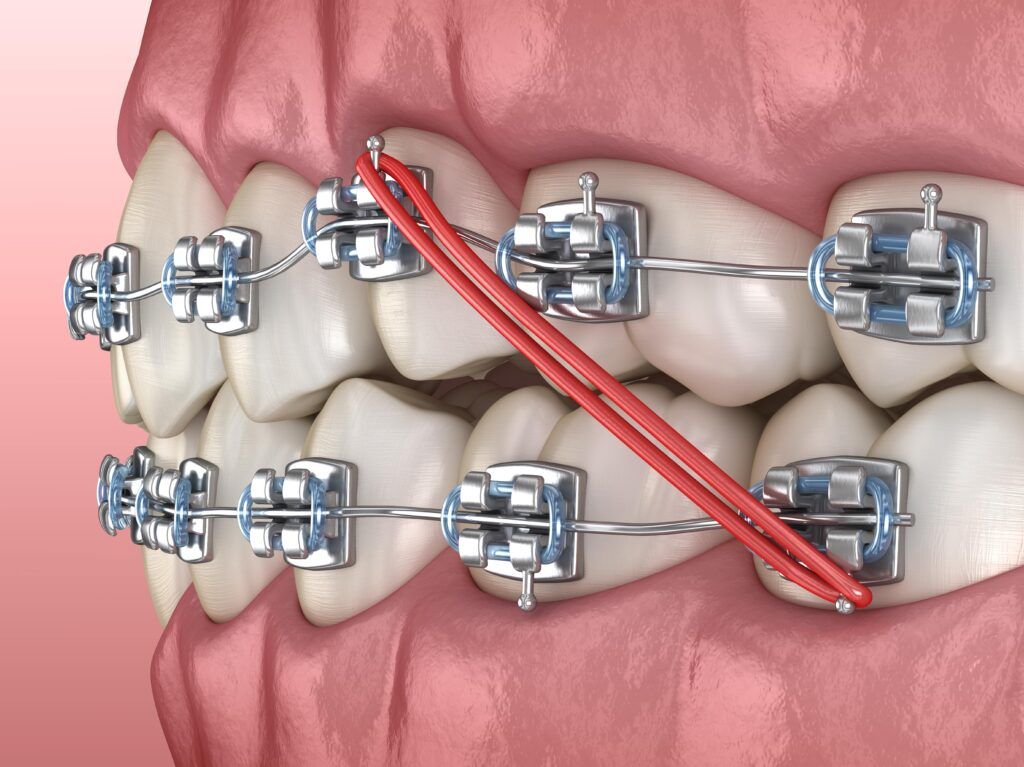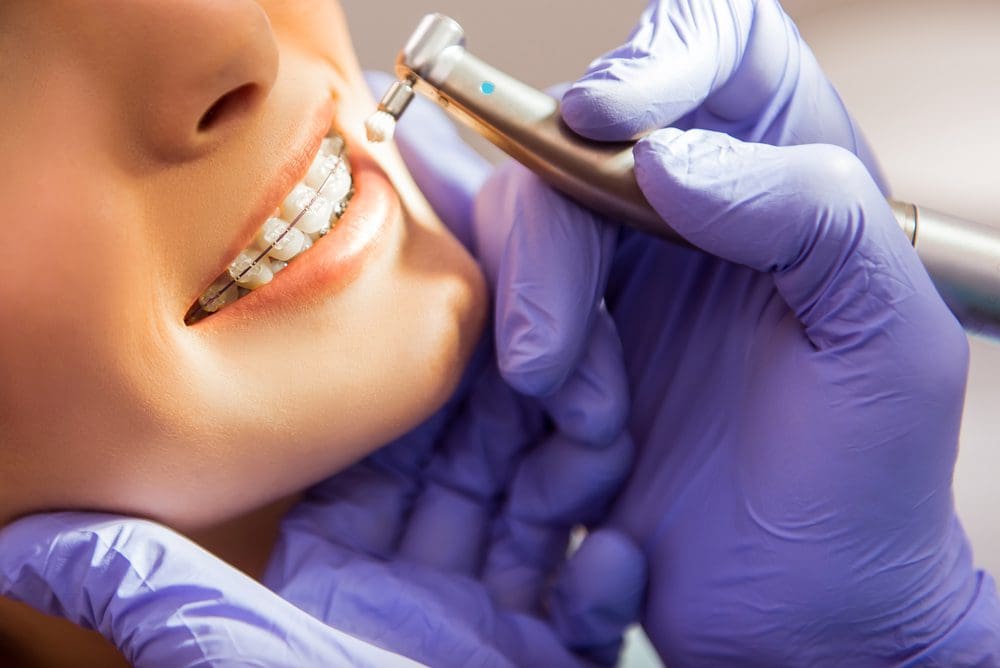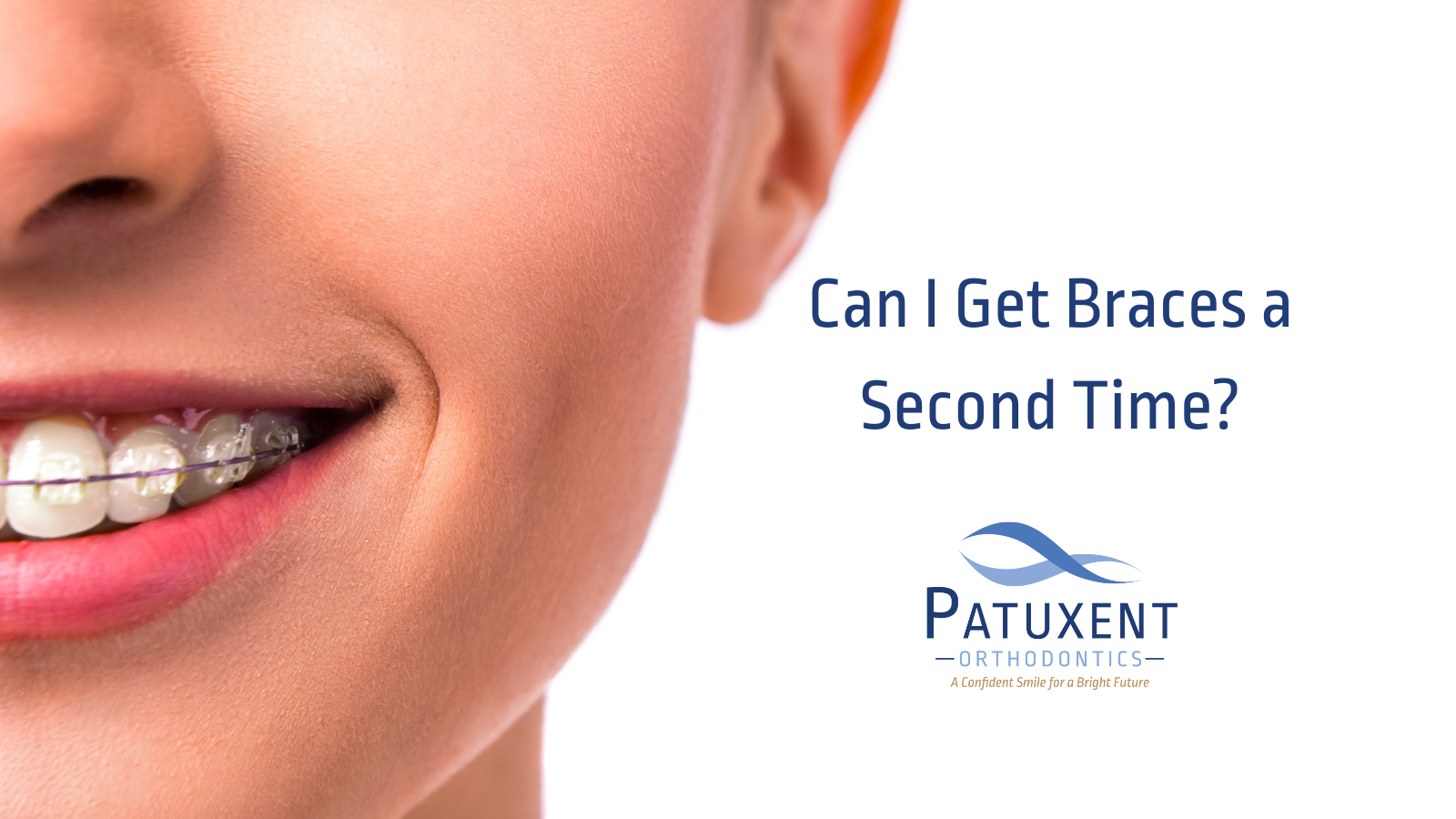Comprehensive Overview to Orthodontics Treatments for Remedying Dental Misalignments
Comprehending the details of each treatment, including their systems, benefits, and possible disadvantages, is crucial in making informed choices about one's orthodontic therapy. As we navigate with the extensive overview to orthodontic procedures for fixing dental imbalances, the intricate details of each technique will certainly unfold, dropping light on the path toward a practical and harmonious dental placement.
Orthodontic Procedures Review

In addition to clear aligners and typical dental braces, orthodontists might additionally advise various other treatments like headwear, palatal expanders, or retainers to attend to certain positioning issues (aligners). These treatments are customized to each patient's special demands and may entail a mix of treatments to accomplish the preferred results. Normal modifications and monitoring are important parts of orthodontic treatment to guarantee progress gets on track and to make any kind of necessary modifications in the process. By undergoing orthodontic procedures, patients can not only accomplish a straighter grin however also boost their total dental health and wellness and function.
Traditional Dental Braces: How They Function
When considering orthodontic therapies for dental misalignments, conventional braces stand out as a tried and true technique for correcting teeth placing. Typical braces contain brackets, cords, and bands that interact to apply continuous pressure on the teeth, slowly moving them into the desired placement. The braces are affixed to the teeth using an unique adhesive, and the wires are threaded with the braces. By changing the tension of the cords, orthodontists can manage the instructions and force applied to each tooth, directing them right into appropriate positioning with time.
One trick facet of just how traditional dental braces work is the process of bone improvement. As stress is put on the teeth through the braces, the bone bordering the teeth is reshaped to support the brand-new tooth placements. This makeover is important for the long-term stability of the remedied positioning. Individuals will require routine changes at the orthodontist's office to guarantee the braces continue to use the appropriate stress for reliable teeth motion.
Unnoticeable Aligners: Cons and pros
These clear, customized trays are practically unnoticeable when put on, making them an appealing choice for individuals seeking a much more cosmetically pleasing orthodontic therapy. Clients can eliminate the aligners before consuming or brushing their teeth, decreasing the danger of food getting stuck in the device and streamlining the cleaning procedure.

Surgical Orthodontic Options
Surgical treatments in orthodontics present feasible options for dealing with complex oral imbalances that might not be successfully solved via standard orthodontic therapies. While conventional dental braces and unnoticeable aligners can deal with lots of orthodontic issues, certain cases require medical intervention to attain optimum results. Surgical orthodontic alternatives are usually recommended for severe malocclusions, significant jaw discrepancies, and instances where the underlying bone framework needs alteration to accomplish correct placement.
One usual medical orthodontic treatment is orthognathic surgery, which entails repositioning the jaws to fix functional problems such as trouble talking or chewing. This surgical treatment is frequently carried out in partnership with an orthodontist who assists straighten the teeth prior to and after the procedure. Surgical orthodontics may also involve treatments to expose impacted teeth, get rid of excess periodontal tissue, or reshape the jawbone to produce an extra unified facial account.
Before considering medical orthodontic alternatives, patients go through a detailed assessment to figure go now out the necessity and possible benefits of such treatments. cumming orthodontics. While surgical procedure might appear difficult, it can dramatically enhance both the feature and appearances of the smile in cases where conventional orthodontic therapies fail
Retainers and Post-Treatment Treatment

Failure to abide with post-treatment treatment instructions can result in regression, where the teeth gradually move back towards their original placements. Consistent retainer wear, great oral health, and routine dental check-ups are necessary for preserving the results attained with orthodontic surgical Going Here procedure and making sure the lasting stability of the remedied oral alignment.
Final Thought
In conclusion, orthodontic procedures provide different alternatives for correcting dental misalignments. Surgical orthodontic options are readily available for more severe misalignments. In general, orthodontic procedures can effectively improve oral health and visual look.
As we browse with the thorough overview to orthodontic procedures for dealing with oral imbalances, the complex details of each method will certainly unfold, shedding light on the course towards a harmonious and practical oral alignment. - cumming braces
One of the most usual orthodontic therapies is the use of dental braces, which are composed of metal brackets and cords that apply gentle stress to progressively move home teeth into the wanted setting.When thinking about orthodontic treatments for oral misalignments, conventional braces stand out as a reliable technique for correcting teeth placing. Furthermore, invisible aligners might not be appropriate for intricate orthodontic problems that require even more significant teeth activity, as they are normally recommended for light to moderate instances. Retainers are custom-made orthodontic gadgets designed to hold teeth in their remedied positions after the conclusion of orthodontic treatment.